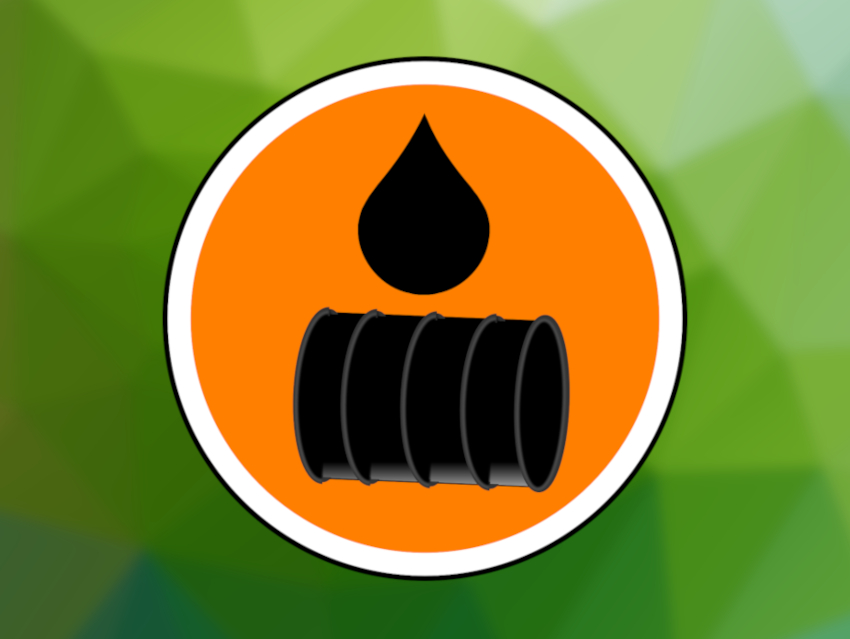There are several sites polluted with oil or diesel fuel throughout the Arctic, stemming, e.g., from meteorological stations, research stations, or military outposts. 9117 Station Mestersvig, for example, is a remote military airfield on the east coast of Greenland with high concentrations of oil products in the soil.
Anders R.Johnsen, Geological Survey of Denmark and Greenland (GEUS), København, Denmark, and colleagues have performed an experiment to optimize the conditions for naturally occurring soil bacteria to break down soil contaminants. A full-scale, experimental landfarm was constructed at the military outpost, and soil contaminated with Arctic diesel was transferred there. About 3,000 m3 of polluted soil was excavated down to the permafrost and distributed in the landfarm, followed by yearly additions of fertilizer as well as plowing and irrigation. Bacterial populations and the biodegradation of diesel compounds were continuously monitored.
The researchers found that 64 % of the diesel was removed from the landfarm within the first year, and after five years, the bacteria had removed as much as 82 % of the diesel residue despite the frigid temperatures. Naphthalenes and n-alkanes were biodegraded, while cycloalkanes, hydroxylated polycyclic aromatic hydrocarbons (PAHs), and sulfur heterocycles were degraded slowly or not at all. The team hopes that in the future, naturally occurring bacteria could be used to remediate contamination in the Greenlandic environment at roughly 30 other deserted installations.
- Full-scale bioremediation of diesel-polluted soil in an Arctic landfarm,
Anders R. Johnsen, Uffe S. Boe, Peter Henriksen, Linus M.V. Malmquist, Jan H. Christensen,
Environ. Poll. 2021.
https://doi.org/10.1016/j.envpol.2021.116946




